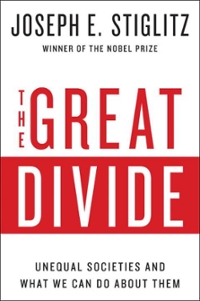Question
I. Consider an economy that is in short-run disequilibrium, with output well below the full-employment level. Describe how that economy would return to long-run equilibrium.
I. Consider an economy that is in short-run disequilibrium, with output well below the full-employment level. Describe how that economy would return to long-run equilibrium. Use graphs to explain your answer
II. Explain how supply shocks and demand shocks affect the AD/AS model.
I. Describe how changes in interest rates affect unemployment and the price level.
I. Discuss the government policies that can be used to control inflation, and analyze the effects of these policies on other important macroeconomic variables
Describe the cause of stagflation and explain why stagflation presents difficulties for economic policymakers.
I. Describe the factors that lead to higher and lower interest rates, and explain how these changes in interest rates affect the economy.
II. Describe the crowding-out effect, and explain how this effect impacts a nation's economy
Countries often impose trade barriers against other countries. Explain how trade barriers affect both the domestic economy of the country imposing them and the global economy as a whole.
Describe how a contractionary monetary policy impacts a nation's international trade. Be sure to discuss the value of that nation's currency, the price of goods produced in that nation, and its trade balance.
I. Describe the effect of expansionary economic policies on a nation's trade deficit. Be sure to consider both monetary and fiscal policy.
II. According to the twin deficits effect, an increase in the government budget deficit will also increase that nation's trade deficit. Explain why this effect is expected to occur.
The legislature is considering the use of fiscal policy measures to bring output up to the full-employment level. The government's commerce ministry has reported to the legislature that the nation's marginal propensity to consume is 0.8 and that RGDP is $200 billion below the full-employment level. I. The Minister of Commerce recommends deficit spending to stimulate the economy. What increase in spending is necessary to bring the economy up to the full-employment level of output?
II. Legislative leaders favor a tax cut over a spending increase as a response to the recession. What size tax cut would bring the economy up to the full-employment level of output?
III. The country's president wants the legislature to pass a balanced-budget spending increase to end the recession. What increase in spending would be necessary to carry out the president's plan?
The head of the central bank of this country believes that because of the different proposals before the legislature, fiscal policy measures will not be taken any time soon. What monetary policy options can the central bank pursue to end the recession? What could prevent these measures from being effective? Explain your answers.
Step by Step Solution
There are 3 Steps involved in it
Step: 1

Get Instant Access to Expert-Tailored Solutions
See step-by-step solutions with expert insights and AI powered tools for academic success
Step: 2

Step: 3

Ace Your Homework with AI
Get the answers you need in no time with our AI-driven, step-by-step assistance
Get Started


